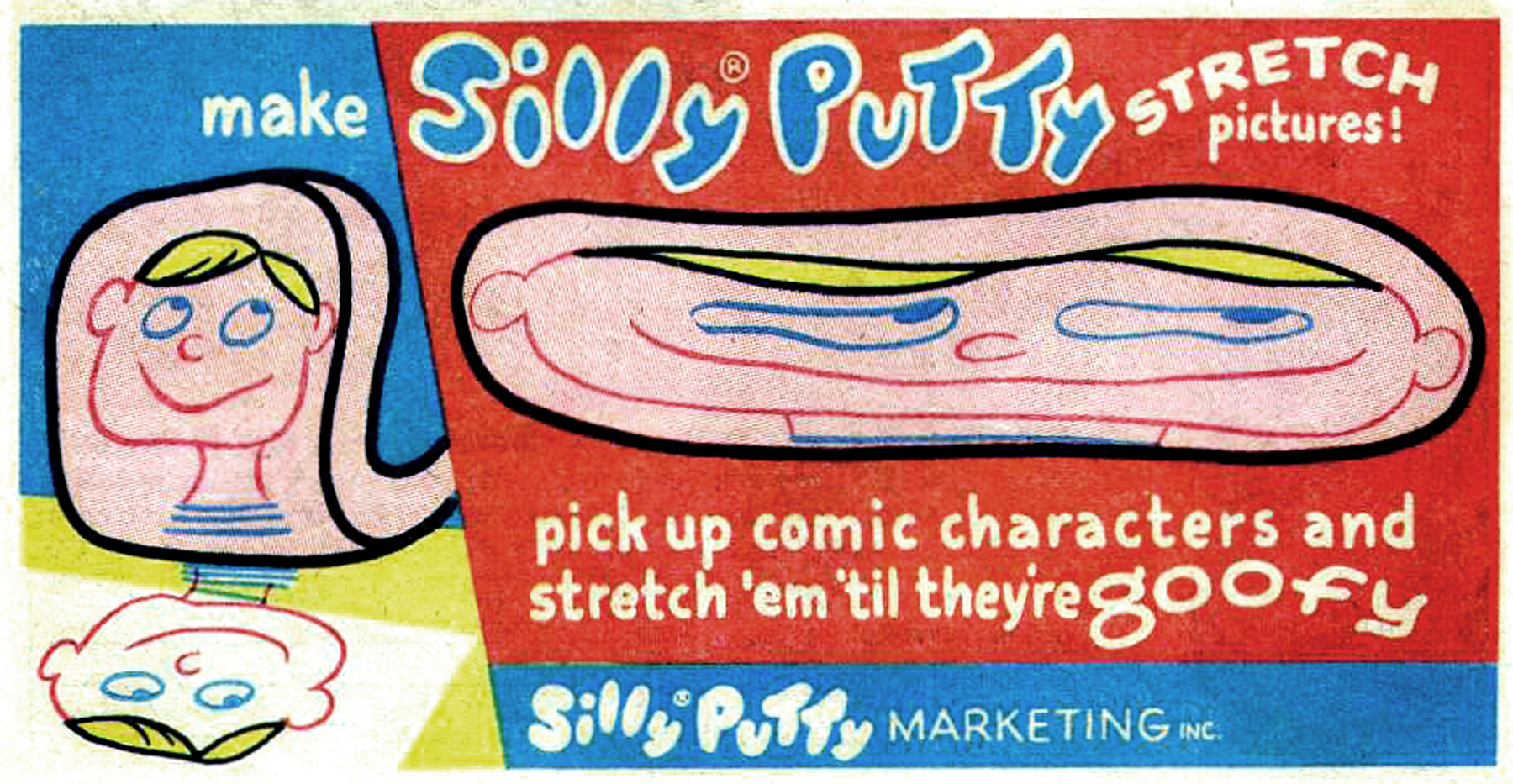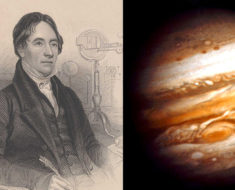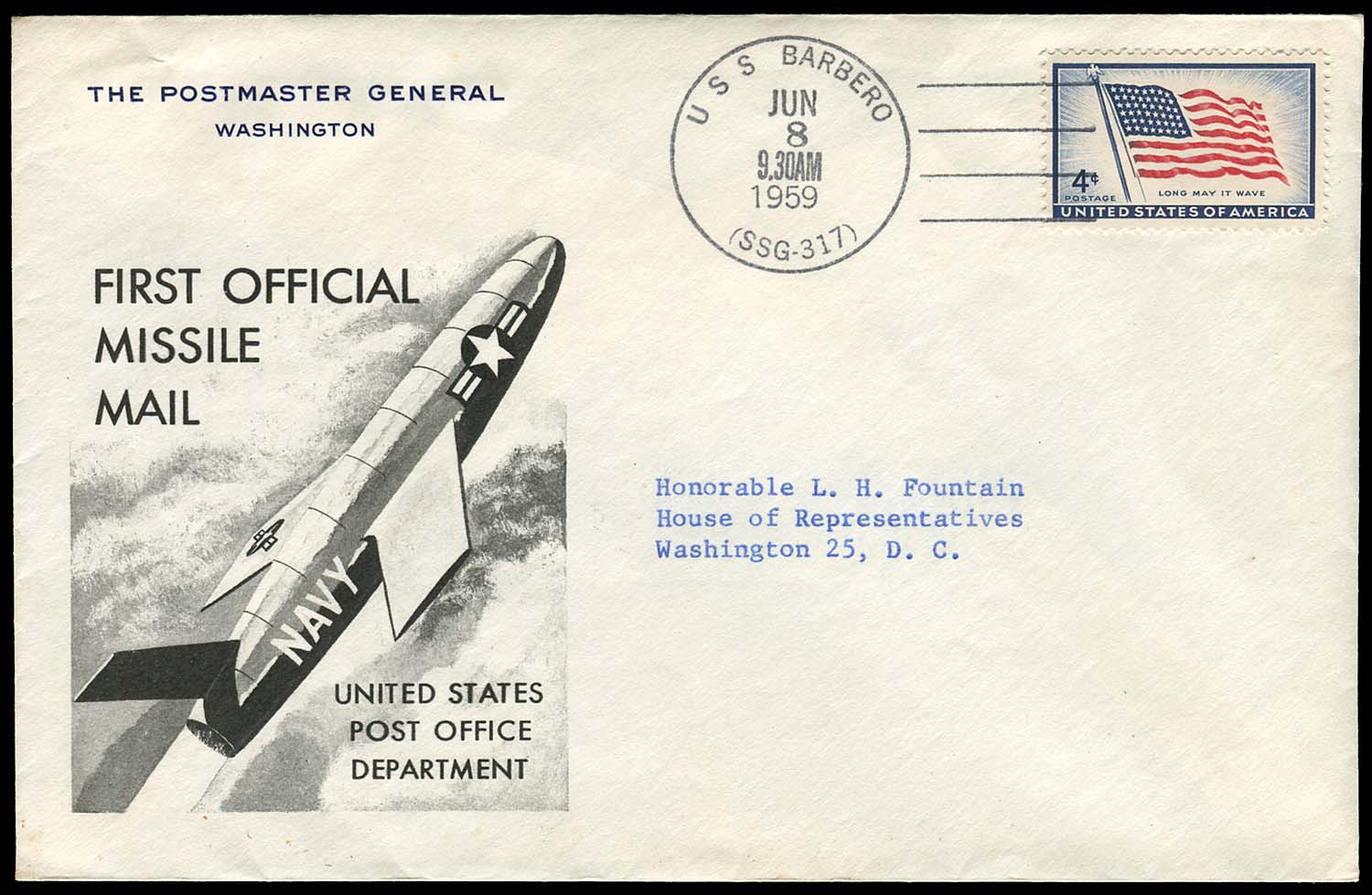
Vintage Marketing for Silly Putty
For more than 50 years Silly Putty has been stretched, squeezed and squished by silly and not-so-silly people of all ages. More than 3,000 tons of the popular putty has been produced — enough to fill 200 million colorful plastic eggs. But before it was copying Sunday comics and bouncing off walls, the military was hoping it would help thwart Japanese plans to invade countries that produced rubber for tires, gas masks, boots and other military necessities. The government sought a synthetic substance that could perform the same functions and be produced in secure locations.
In 1943, a chemist named James Wright working for General Electric stumbled upon the unique putty by accident. He combined boric acid and silicone oil in a test tube and created a new rubbery substance. As he began to play with it, he discovered it bounced higher than rubber, stretched to great distances, snapped with sharp tugs, and could pick up ink from any printed matter. Unfortunately, none of those qualities made much sense for a tire.
Without a practical purpose, the putty, known as “nutty putty,” was passed around among friends. In 1949, it eventually found its way into the hands of a toy storeowner who decided to package the goo and sell it for $2 in her catalog. It proved a popular item, but she chose not to include it in subsequent catalogs. Her marketing consultant, Peter Hodgson, however, saw the putty’s potential and purchased the rights from GE in order to sell the stuff himself. Borrowing enough cash to fund the putty’s production, Hodgson packaged it in small plastic eggs and named it Silly Putty (nothing else offered a proper description). He distributed the eggs to Neiman-Marcus and Doubleday bookstores, but got his big break when a reporter for the New Yorker wrote a blurb about the bouncy blob and set off an avalanche of orders.
The rest is history, which includes Silly Putty’s ride aboard the 1968 Apollo 8 mission where it kept astronauts occupied and prevented tools from floating about in the cabin. As it turned out, Silly Putty had a practical purpose after all.




![Premature Burial [Public domain], via Wikimedia Commons-Illustration for Edgar Allan Poe's story The Premature Burial by Harry Clarke (1889-1931), published in 1919.](https://www.weirdhistorian.com/wp-content/uploads/2017/09/premature-burial-crop-235x190.jpg)

